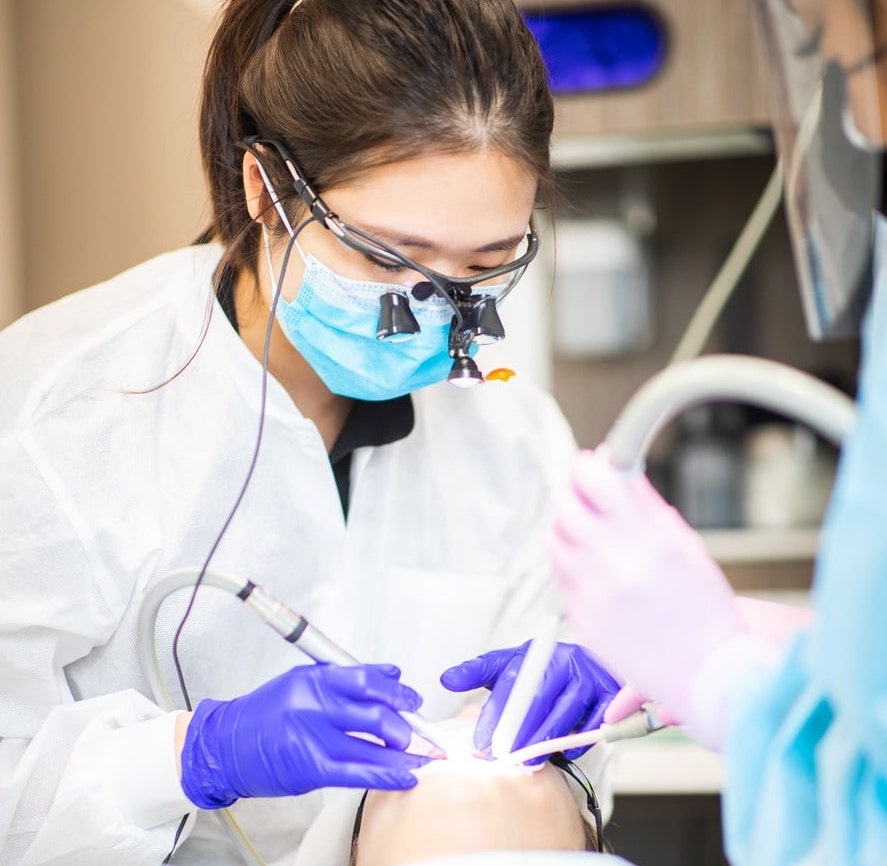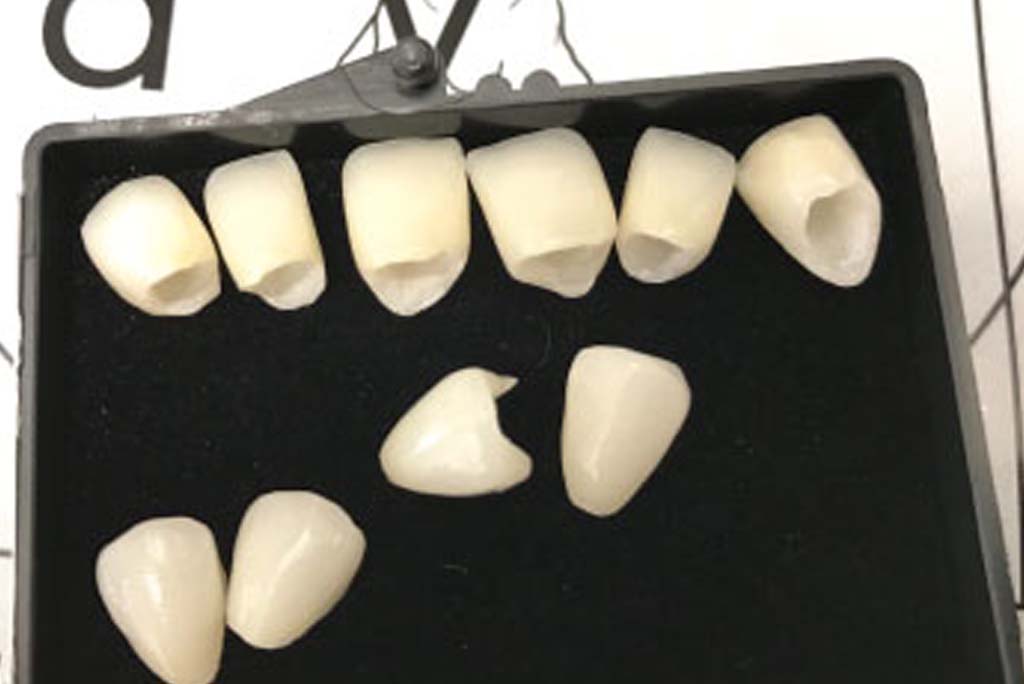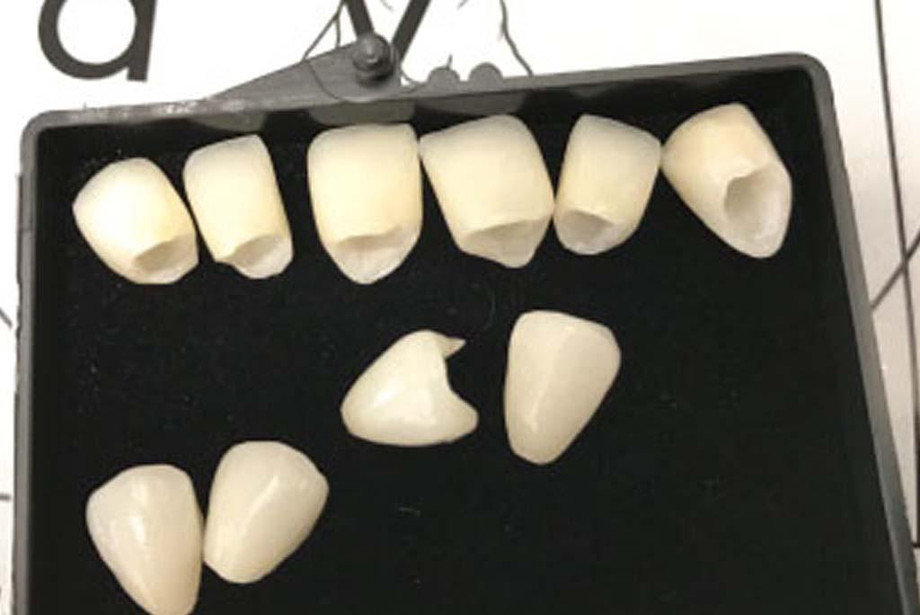Veener is one of the restorative options that dentists use to cover discolored or chipped teeth to look clean and white. Traditionally Dental veneers are made of white porcelain materials and require proper preparation for the placement on your teeth. Nowadays, your Dental veneers Houston offers a different type of veneer, called lumineers or "NO PREP" veneers.
Lumineers are very thin, cheaper, and instantly applied. But you should contact your dentist to choose the right kind of veneer. Here are some benefits of traditional porcelain veneers and "no-prep" veneers like Lumineers to better understand these processes.
Porcelain veneers
Porcelain veneers are a restorative process that makes your teeth whiter and straighter. They're permanent procedures for your teeth. However, the preparation and application process is quite lengthy process. Lumineers require fewer preparation times; they are reversible but do not last as long as veneers. Moreover, they are not as effective at hiding highly severe stained or chipped tooths.

What are the benefits of Traditional veneers?
Resistant to staining
After applying veneers, you can imagine "perfect" look-like teeth such as brighter, whiter, and glossy. They don't have pores like tooth enamel; therefore, veneers are resistant to staining. However, the edges of veneers may stain after five or more years.
Well suited to chipped, broken, or severely stained teeth
The Dentist locations near me recommend veneers in cases where teeth appear yellowish or brownish or show any decay or cavity on your teeth enamel. Usually broken or chip teeth, smaller than average teeth, and typically heterogeneous teeth or teeth overlapping.
They're permanent
You need to compromise your teeth' enamel to get veneers; getting traditional veneers is irreversible.
Veneers can also make brushing and flossing harder to reach your gum line, leaving your teeth uncleaned and putting your teeth at higher risk for infectious gum disease.
They last about 8 to 10 years
On average, your traditional veneers can last 10 to 15 years, and sometimes this rate goes up to twenty years. In addition, they are durable and long-lasting as compared to lumineers.
Lumineers
Lumineers are a type of veneer that take less preparation time and advanced dental work compared to traditional veneers. Instead of porcelain, laboratory technicians made lumineers or "ultra-thin" laminate.
More translucent than veneers
Like traditional veneers, your dentist uses lumineers to restore a person's color, shape, and healthy smile. Moreover, they're smoother and slick when you touch them.

Lumineers are thinner and translucent, but they're not preferable to those who have severely discolored teeth.
No teeth grinding needed
Your lumineers don't need to grind your teeth to thin them before applying. Dental clinics open near me customizes a set of lumineers specifically for your teeth.
They're semipermanent
Your lumineers are not a permanent solution to your teeth. After application, your veneers can drop, which may damage your teeth.
Like veneers, lumineers can make your teeth harder to brush or clean around your teeth' gum line, which can increase the risk of gum infection and lead to severe diseases. So you should visit your Dentist near me open today to know all the advantages and disadvantages of both the procedures.
Article Source : https://www.articleslurp.com/what-is-the-difference-veneers-vs-lumineers/








